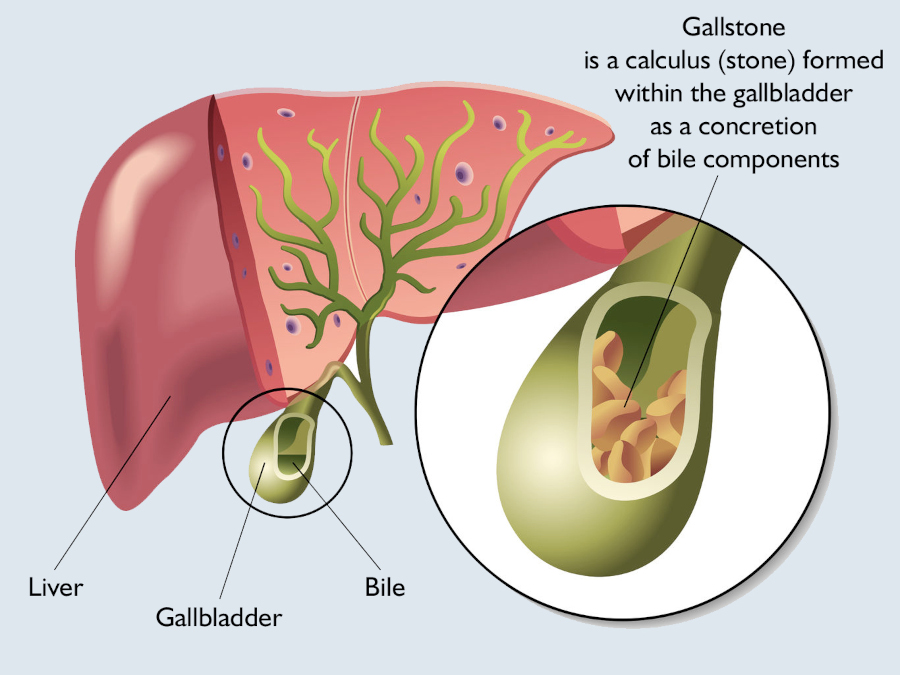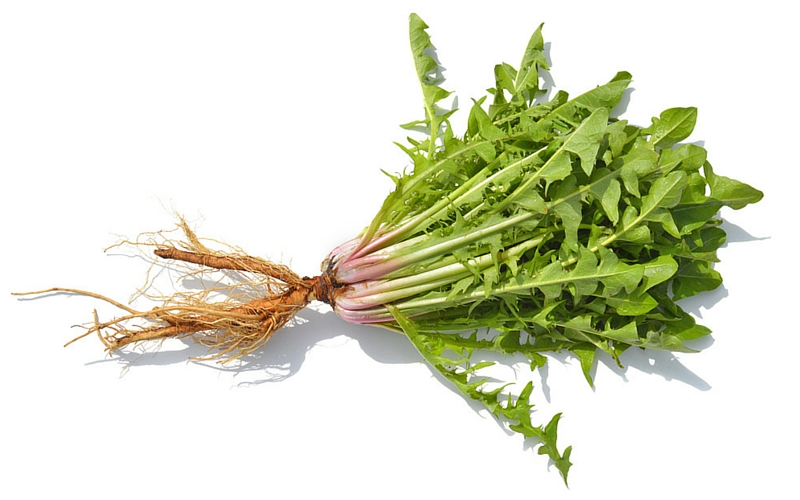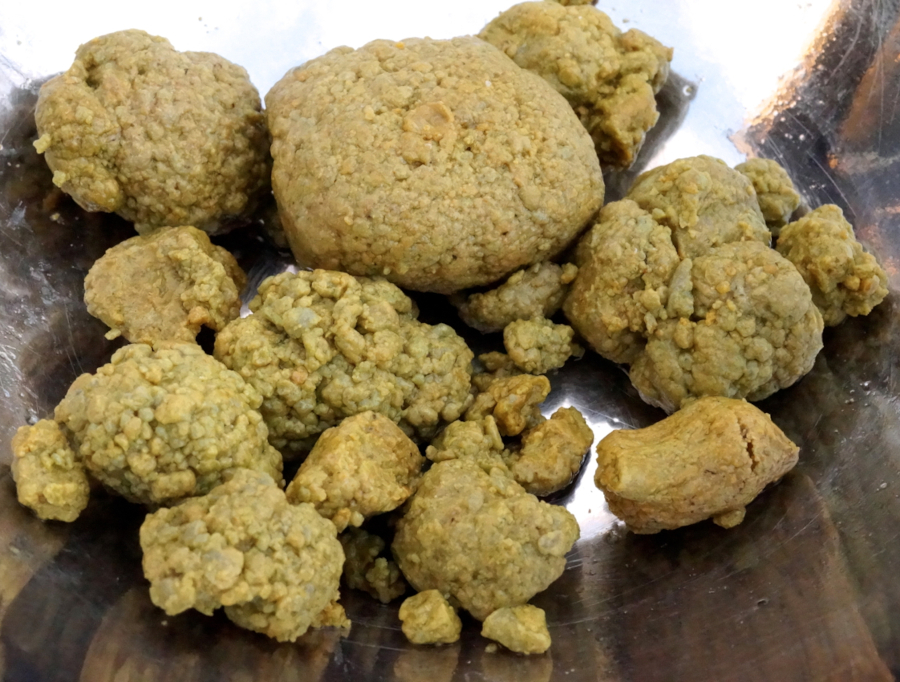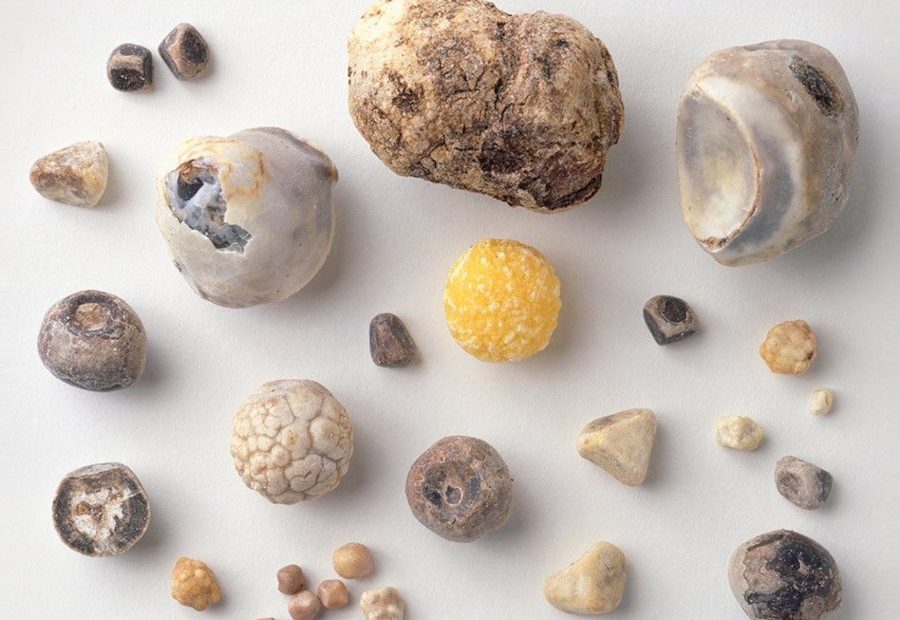Gallstones are solid particles that form in the gallbladder, a small organ located beneath the liver. The gallbladder stores bile, a digestive fluid produced by the liver. Gallstones can vary in size, ranging from tiny grains to larger stones. They form when there is an imbalance in the substances that make up bile, such as cholesterol, bilirubin, and calcium salts.
Here are some key points about gallstones:
- Types of Gallstones:
- Cholesterol Stones: These are the most common type and are usually yellow-green in colour. They are primarily composed of cholesterol.
- Pigment Stones: These stones are smaller and darker and are made up of bilirubin and other substances.
- Causes of Gallstones:
- Excess Cholesterol: If the liver produces more cholesterol than the bile can dissolve, or if the gallbladder does not empty properly, it can lead to the formation of cholesterol stones.
- Excess Bilirubin: Conditions that cause an excessive breakdown of red blood cells can lead to the formation of pigment stones.
- Risk Factors:
- Gender: Women are more likely to develop gallstones than men, especially those who are pregnant, use hormone replacement therapy, or take birth control pills.
- Age: Gallstones become more common as people age.
- Obesity: Being overweight or obese increases the risk of gallstones.
- Rapid Weight Loss: Losing weight quickly can increase the risk of gallstones.
- Symptoms:
- Gallstones can be asymptomatic, causing no noticeable symptoms.
- However, if a gallstone obstructs a bile duct, it can lead to symptoms such as sudden and intense pain in the upper abdomen, nausea, vomiting, and jaundice (yellowing of the skin and eyes).
- Medical Treatment:
- Observation: Small, asymptomatic gallstones may not require treatment.
- Medications: Certain medications can be prescribed to dissolve cholesterol stones.
- Surgery (Cholecystectomy): If gallstones are causing symptoms, the most common treatment option is the removal of the gallbladder. However, there are natural health and lifestyle changes that can address gallstones.

Herbal solutions for gallstones
Herbal teas, infusions and decoctions are beverages made by infusing or extracting the flavours and medicinal properties of herbs, spices, flowers, or other plant materials. However, there are differences between the two in terms of preparation and potency.
Here are some herbal options that have been traditionally considered for their potential benefits in managing gallstones.
- Milk Thistle (Silybum marianum):
- Background: Milk thistle is renowned for its liver-protective properties and has been traditionally used to improve liver function.
- Potential Benefits: The active component, silymarin, is said to support liver health by promoting the elimination of toxins and aiding in the prevention of gallstone formation.
- Turmeric (Curcuma longa):
- Background: Turmeric contains curcumin, known for its anti-inflammatory and antioxidant properties.
- Potential Benefits: Curcumin may help reduce inflammation in the gallbladder and improve bile production, potentially preventing gallstone formation.
- Artichoke (Cynara scolymus):
- Background: Artichoke has been used historically to support liver and gallbladder function.
- Potential Benefits: Compounds in artichoke can stimulate bile production, promoting the healthy flow of bile and reducing the risk of gallstone formation.
- Dandelion (Taraxacum officinale):
- Background: Dandelion has diuretic properties and is traditionally used to support liver health.
- Potential Benefits: By promoting increased urine production, dandelion may assist in flushing out toxins and preventing gallstone formation.
- Chanca Piedra (Phyllanthus niruri):
- Background: Also known as “stone breaker,” chanca piedra has a long history of use in traditional medicine for kidney and gallbladder health.
- Potential Benefits: Chanca piedra is can to help break down and eliminate gallstones, making it a popular choice for those seeking natural remedies.

Gallstones prevention and recovery diet
Gallstones can be a source of discomfort, and adopting an alkaline diet is crucial for managing symptoms, supporting gallbladder health and breaking gallstones. While dietary changes alone may not dissolve existing gallstones, they can help prevent their formation and alleviate associated issues. Here’s a guide to a diet that may benefit individuals with gallstones.
- Low-Fat Diet:
- Eliminate or at least limit the consumption of high-fat foods, such as fatty meats, fried foods, and rich desserts to reduce the strain on your gallbladder.
- Healthy Fats:
- Include sources of healthy fats, such as avocados, olive oil, and nuts, in moderation.
- Omega-3 fatty acids found in flaxseeds may have anti-inflammatory effects, potentially benefiting gallbladder health.
- High-Fibre Foods:
- Emphasise a diet rich in fibre with fruits, vegetables, and whole grains.
- Fibre helps regulate digestion and may prevent the crystallisation of cholesterol, a contributing factor to gallstone formation.
- Hydration:
- Stay well-hydrated by drinking plenty of water throughout the day.
- Water helps in the digestion process and can aid in preventing the concentration of bile that can lead to gallstones.
- Limit Caffeine and Alcohol:
- Reduce your intake of caffeinated beverages and alcohol.
- Both caffeine and alcohol can affect liver function and can contribute to gallstone format
- Portion Control:
- Practice portion control to avoid overeating.
- Eating smaller, but nutritious meals can be easier on your gallbladder than consuming large meals.
- Include Foods Rich in Magnesium:
- Magnesium-rich foods, such as leafy greens, nuts, seeds, and whole grains, may be beneficial.
Magnesium helps in the prevention of gallstones by promoting the solubility of bile salts.
- Herbs and Spices:
- Incorporate herbs and spices like turmeric, ginger, and dandelion.
- These can have anti-inflammatory and digestive benefits that may support gallbladder health.
Adopting a gallstone-friendly diet involves making mindful choices that promote overall digestive health. It’s essential to customise your dietary plan based on your individual needs and preferences.

Gallbladder flush
The “gallbladder flush” is used to help eliminate gallstones from the gallbladder. It typically involves a combination of fasting, consuming large quantities of certain substances, and often using olive oil and citrus juice.
The typical procedure for a gallbladder flush may involve the following steps:
- Preparation: Follow a specific diet for several days, often involving the consumption of apple juice. This is believed to soften the gallstones.
- Fast: On the day of the flush, participants may be required to fast or consume a light, low-fat meal.
- Concoction: Consume a mixture of olive oil and citrus juice (eg. lemon or key lime juice) in large quantities. Some variations may include the addition of herbs.
- Lie Down: After consuming the mixture, individuals are typically instructed to lie down immediately and remain in that position for several hours.
The combination of olive oil and citrus juice stimulates the gallbladder to release bile and that the oil helps flush out gallstones.
References
- National Center for Complementary and Integrative Health (NCCIH):
Website: NCCIH – Herbal Medicine
The NCCIH provides evidence-based information on various herbs and their uses, including potential benefits and risks. - Mayo Clinic:
Website: Mayo Clinic – Gallstones
Mayo Clinic offers comprehensive information on gallstones, including conventional treatment options and lifestyle recommendations. - PubMed:
Website: PubMed
Search for scientific articles and research studies on herbal remedies for gallstones. PubMed is a database of biomedical literature, and it provides access to a wealth of peer-reviewed research. - American Herbalists Guild (AHG):
Website: American Herbalists Guild
AHG is a professional organization that promotes the use of herbs and herbalism. Their website may have resources and information on herbal remedies. - WebMD:
Website: WebMD – Gallstones
WebMD is a reputable source for health information. Their articles are reviewed by medical professionals and provide insights into various health topics.
This article is copyrighted by Ital is Vital, 2025. Want to re-post this article? Visit our guidelines.
DISCLAIMER: THIS WEBSITE DOES NOT PROVIDE MEDICAL ADVICE
The information, including but not limited to, text, graphics, images and other material contained on this website are for informational purposes only. The purpose of this website is to promote broad consumer understanding and knowledge of various health topics. It is not intended to be a substitute for professional medical advice, diagnosis or treatment. Always seek the advice of your physician or other qualified health care provider with any questions you may have regarding a medical condition or treatment and before undertaking a new health care regimen, and never disregard professional medical advice or delay in seeking it because of something you have read on this website.
